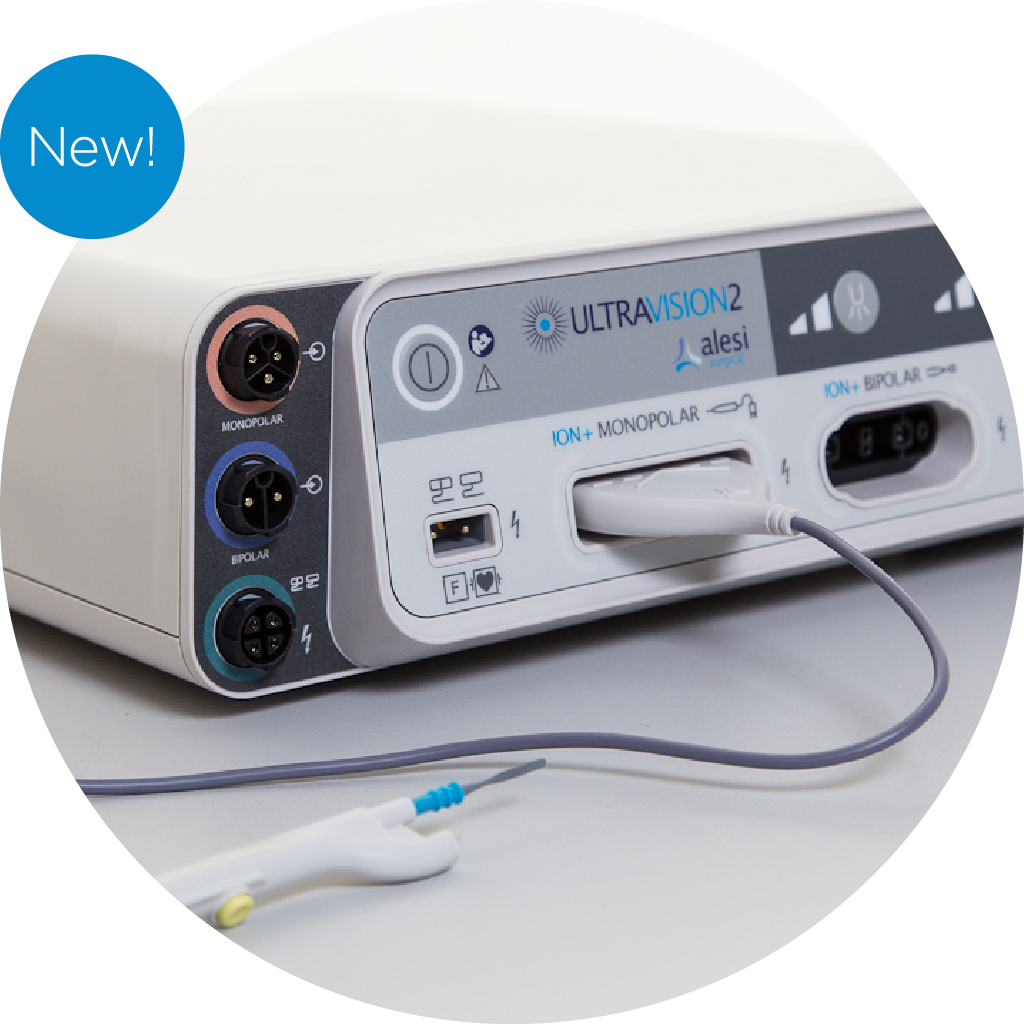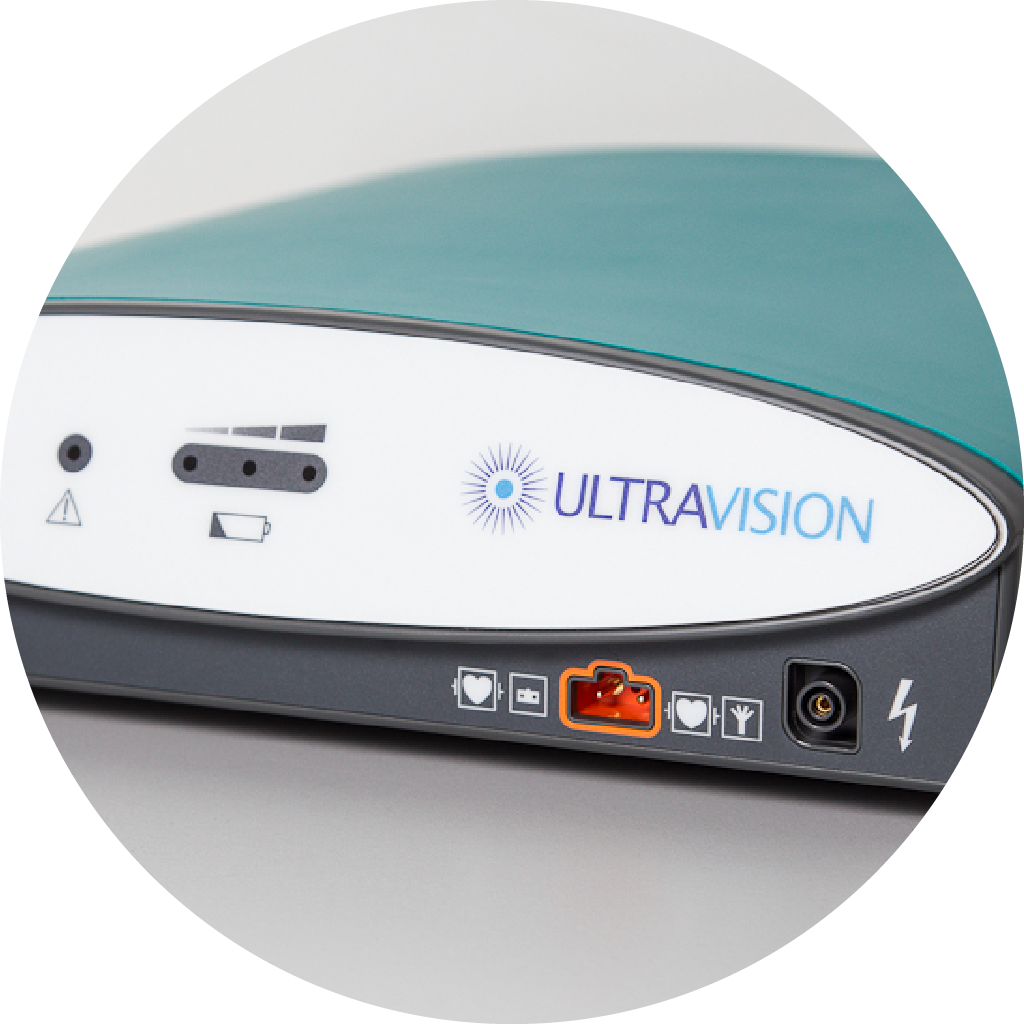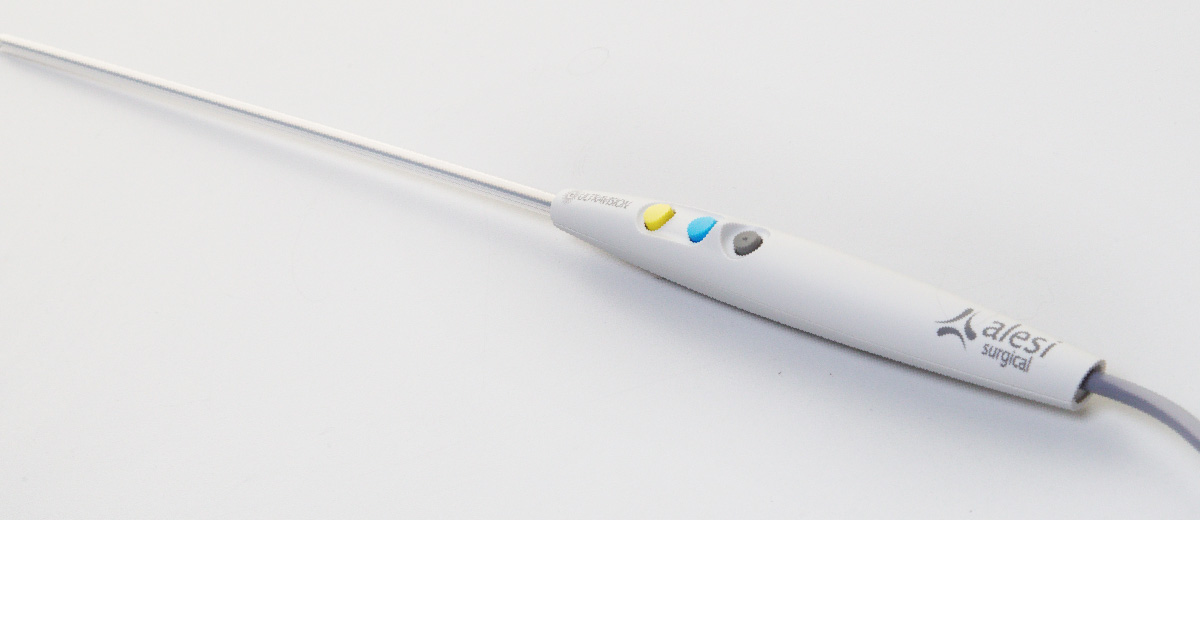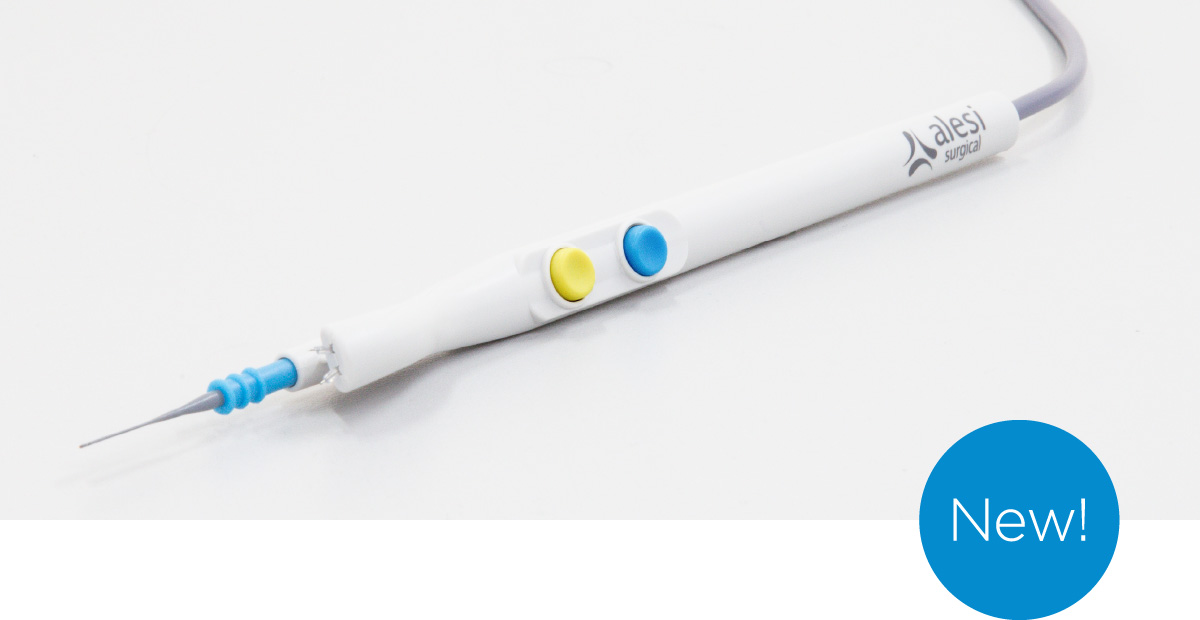Unrivalled Smoke Management
Ultravision Systems

Ultravision2 Systems
Ultravision is the world’s only advanced visualization system that provides class-leading surgical smoke control and, in laparoscopic surgery, and stable pneumoperitoneum with minimal patient CO2 exposure.
Features & Benefits
The new Ultravision2 system(1) is approved for use in both laparoscopic and open surgery. It delivers advanced visualization, unparalleled surgical smoke control(2), and, in laparoscopic surgery, is the only smoke management product that minimizes patient CO2 exposure.
Ultravision2 also allows surgeons to choose from the Ionwand, the 5mm Trocar or Alesi’s new integrated instruments. The IonPencil is indicated for use in open surgery and the Integrated L Hook is indicated for laparoscopic surgery.
- Controls the surgical smoke at the site of origin
- Provides advanced visualization
- Delivers stable pneumoperitoneum
- Minimizes patient CO2 exposure
- Reduces camera fogging and cleaning
- Silent in normal use
- Minimizes distractions
- Easy to use
- Climate friendly: low power consumption, reduced biohazard waste
(1) Currently only available in the United States or other countries where FDA clearance is recognised.
(2) Gohler et al (2023), and Alesi Surgical data on file.

Ultravision Generator
The original Ultravision generator that delivers advanced visualization, prevents surgical smoke from entering the OR whilst minimizing patient carbon dioxide exposure during laparoscopic surgery.
Features & Benefits
Ultravision is the world’s first system that minimises laparoscopic surgical smoke in the OR without the need for gas exchange. The original Ultravision™ generator can be used in laparoscopic or robotic-assisted laparoscopic surgery. It is regularly used by gynaecologists, urologists, and colorectal and upper gastrointestinal surgeons.
- Controls the surgical smoke at the site of origin
- Provides advanced visualization
- Delivers stable pneumoperitoneum
- Minimizes patient CO2 exposure
- Reduces camera fogging and cleaning
Questions and Answers
Surgeons are trained to minimize risks during surgical procedures. Smoke blocking their view, is an irritating distraction for them. .
By suppressing smoke as it is created and preventing its build-up to a point where it becomes distracting, Ultravision supports an environment where surgeons focus on the case, not the smoke.
Ultravision helps minimize the delays that are caused by smoke.
This includes working slowly because of the poor visibility; pausing to release smoke into the OR; waiting for the pneumoperitoneum to re-establish; and continuously cleaning the laparoscope due to it becoming soiled.
Ultravision makes laparoscopic surgery both more predictable and more efficient.
Based on post-market surveillance, on average it saves ~10 minutes per case.
Smoke contains compounds that, in sufficient quantities, may be mutagenic and carcinogenic.
Long-term exposure may therefore be hazardous to health. It has also been reported to carry live viruses and bacteria capable of infecting humans.
It has been independently shown to be 23 times better than a smoke evacuator; and to capture and deactivate viruses present in aerosols.
Excessive CO2 exposure is directly linked to increased post-surgical pain, peritoneal adhesion formation, and hypothermia.
Ultravision does not rely on the exchange and filtration of the CO2 to manage smoke.
A standard laparoscopic hysterectomy can use over 300 liters of CO2. Modern insufflators can supply as much as 50 liters per minute. With Ultravision, you can use as little as 2 liters per minute!



